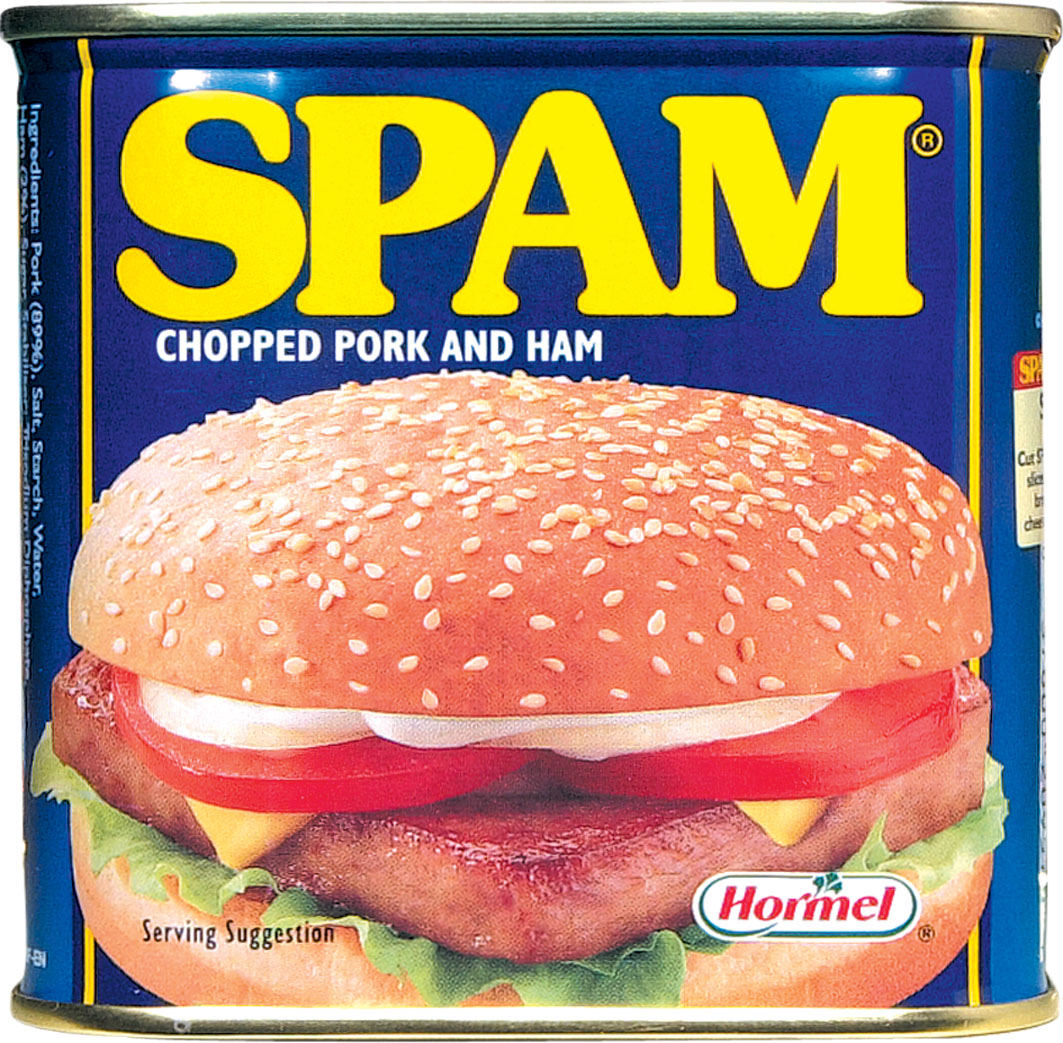https://github.com/datasektionen/spam
Mejlsystem, https://www.youtube.com/watch?v=_bW4vEo1F4E
https://github.com/datasektionen/spam
Last synced: about 1 month ago
JSON representation
Mejlsystem, https://www.youtube.com/watch?v=_bW4vEo1F4E
- Host: GitHub
- URL: https://github.com/datasektionen/spam
- Owner: datasektionen
- Created: 2016-09-29T19:20:17.000Z (over 8 years ago)
- Default Branch: master
- Last Pushed: 2025-04-09T13:26:39.000Z (about 2 months ago)
- Last Synced: 2025-04-24T01:47:38.426Z (about 1 month ago)
- Language: JavaScript
- Homepage:
- Size: 96.7 KB
- Stars: 0
- Watchers: 34
- Forks: 2
- Open Issues: 1
-
Metadata Files:
- Readme: README.md
Awesome Lists containing this project
README
# Spam
A system for sending mail via the datasektionen AWS SES service.
## API
### `POST /api/sendmail`
Send an email to one or more recipients. Requests can be sent using
JSON or form-data. Be sure to set the `Content-Type` header to
`application/json` or `multipart/form-data` respectively.
The following fields are required:
- `key`: A valid API key from [pls](https://pls.datasektionen.se/)
with the permission `spam` in the `spam` system.
- `from`: The email address to send the email from. Must be a verified
email address.
- `to`: A list of email addresses to send the email to.
- `subject`: The subject of the email.
Either `content` or `html` must be provided:
- `content`: The plain text content of the email. This gets rendered
into HTML using a markdown parser. The parser also accepts HTML, so
you can use that directly.
- `html`: The HTML content of the email. This will first be converted
into markdown, and then rendered back into HTML. (sidenote: why do
we do this???)
If both `content` and `html` are provided, `html` will be used.
The following field are optional:
- `replyTo`: The email address to set as the reply-to address.
- `cc`: A list of email addresses to send a copy of the email to.
- `bcc`: A list of email addresses to send a blind copy of the email
to.
- `template`: The name of a template to use for the email. There are
currently three templates available:
- `default`: A simple template with a header and footer in the
Datasektionen style.
- `metaspexet`: A similar template but in the style of metaspexet.
- `none`: A raw template with no styling. Use this if you want to
provide your own HTML.
- `attachments[]`: Attachments to include in the email. A maximum of 5
files can be attached. You can upload files directly when using
`multipart/form-data` content type. The files should be sent as a
list of files with the key `attachments[]`.
You can also send already encoded files via JSON.
An attachment sent via JSON needs the keys `originalname`,
`buffer` (the file contents), and `mimetype`. You can also
supply the `encoding` parameter.
An example of a valid JSON request:
```json
{
"key": "your key",
"template": "default",
"from": {
"name": "Ture Teknolog",
"address": "[email protected]"
},
"replyTo": "[email protected]",
"to": ["[email protected]", "[email protected]"],
"subject": "Hello, world!",
"content": "This is the plain text content of the email.",
"cc": [
{
"name": "Herr/Fru Ordförande",
"address": "[email protected]"
}
],
"bcc": ["[email protected]"],
"attachments[]": [
{
"originalname": "file.txt",
"buffer": "Hello World!"
"mimetype": "text/plain",
"encoding": "utf8"
}
]
}
```
### `GET /api/ping`
Returns "I'm alive!" if the server is running.
